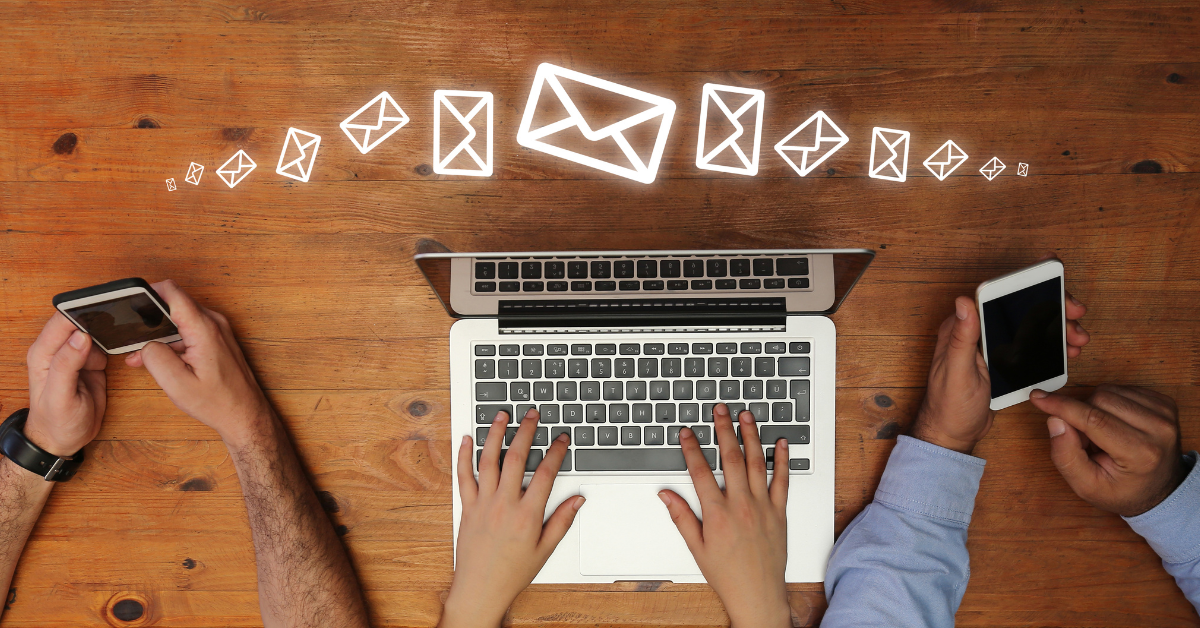So you are not a spammer and you are not blocked or black listed by any ISP or security organization but still your emails are not ending up in the inbox of your receiver. In that case you need to work on your deliverability issues. Your emails are landing in the spam folder of your receiver due to deliverability failure. There are many factors affecting the deliverability of email and today we are going to discuss about DKIM which is an important factor in email deliverability.
Spammers spoof the sender’s email address to deliver emails to people. Sometimes they also got lucky and landed in inbox of the receiver and then the problem starts for the person whose email they used as sender. In recent times due to these kinds of malpractices legitimate mailers are also having trouble getting their emails delivered, because the receiver’s are not trusting them anymore due to those spoofed emails. DKIM is an email authentication and verification technique which is used on the senders end to make sure that the receiver mail server can verify the origin of the email. It will not only help in increasing deliverability but also helps in preventing scams, phishing, and email frauds.
How DKIM Works?
DKIM was created to establish the trust back in email. It is a cryptographic sender authentication process that allows the receiver to know that the origin of message is the same from where it claims to come from. Through DKIM authentication sender can vouch for the content of the message. It is accomplished by signing the email cryptographically so that the receiver can verify it via public key. To send a DKIM signed email you need to use a DKIM signing agent which will generate a pair of cryptographic key i.e. one private and one public. The private key is used to sign the email by signing agent. Then the public key is made available to the receiver through DKIM specific DNS .txt records. The receiver can use the public key to authenticate the signature, thus providing them the assurance that whether or not the email message is originated from domain’s owner. It also facilitates the receiver’s ability to make sure that no one changed the signed portion while it was on its way to the recipient.
How To Use DKIM With Third Party Senders:
What does an organization do when they made agreement sending of e-mail to a third-party? Thankfully that DKIM allows the delegation of DNS name space and keys to third-parties. The best choice is to ensure, when choosing a bulk email service provider, that they supports DKIM signing and assign a set delegated keys to them. You want to assign a new set of keys rather than existing one, because you want to be able to revoke them if you change service provider.
Here are some best practices for senders who use DKIM to sign emails:
1. Always sign your email with DKIM – The purpose of sender authentication such as DKIM is to bring back trust to email. If all emails are not signed, recipients have less assurance that unsigned email is genuine email from the sender’s domain.
2. Always delegate keys to third-parties – So in case of any misuse or if you want to switch delegated keys can be revoked.
3. Always use the test flag when applying DKIM for first time- There is procurement in the DKIM standard for a test flag to be set, so that a recipient who is authenticating is informed that they should not believe a failure is a fake email. This will avoid genuine email from being blocked while the problems in the DKIM implementation are processed.
If the above mentioned practices are applied along with CAN-SPAM compliance and usually being a good user, such as adhere to standards set by the ISPs’ postmasters, deliverability of email will be improve.







